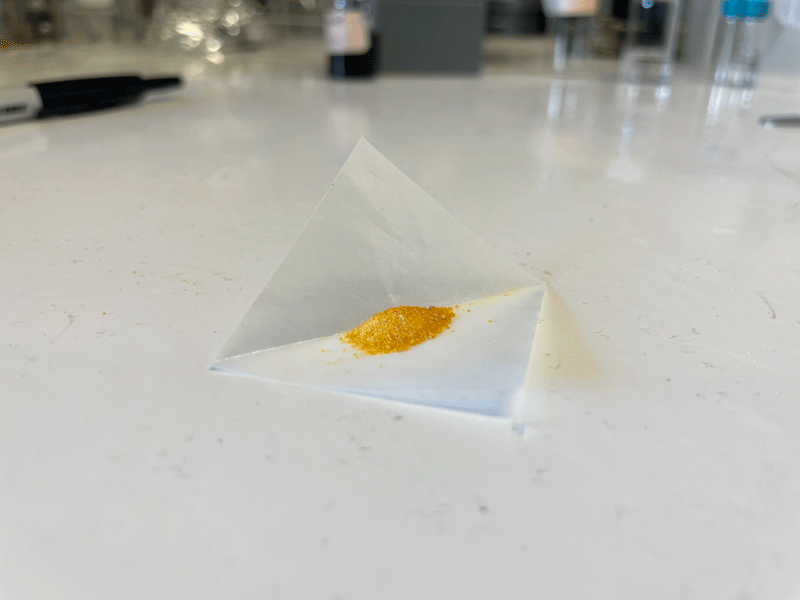Novel 2D polymer is strong and lightweight
Researchers from Massachusetts Institute of Technology (MIT), USA, have developed a polymerisation process that they claim fabricates a polymer stronger than steel and light as plastic.

The material, known as 2D polyaramid 1 (2DPA-1), self-assembles into sheets, unlike other polymers. It is said to be ultra-strong, lightweight and easily scalable, which could open doors for the 2D materials to be used as structural reinforcements or in membrane filtrations and separations.
‘For most polymers, [polymerisation] means that they will form long chains or 3D structures. Unless there are outside constraints, you wouldn’t expect them to form planar sheets.’ explains Michael Strano, Professor of Chemical Engineering at MIT.
‘Thus, researchers believed that...to make 2D polymers was to...force the polymerisation into a plane, or reversible bonds, so they can remake the polymer to form a perfect sheet.’
Strano explains that the research explores two approaches to form 2D polymers in solution. ‘First, to restrict the polymer to form in a single plane, we thought of using rigid, non-rotating bonds. Aramids, a sub-class of polymers, are known to be very strong as they form rigid bonds (a notable example is Kevlar). Second, we also hypothesised that already formed 2D polymer sheets could act as a template for more to grow on, which necessitates interlayer interactions such as hydrogen bonding. We iterated through multiple different reaction schemes with those solutions in mind until we found 2DPA-1.’
Researchers used a compound called melamine to create the monomer building blocks. Under the right conditions, these monomers can grow in two dimensions, forming disks. These disks stack on top of each other, held together by hydrogen bonds between the layers, which make the structure stable and strong.
After spin-coating, the resulting films have an elastic modulus of 12.7GPa, higher than that of thermoplastics and crosslinked polymers. ‘Its yield strength is 0.488GPa, which is almost twice that of structural steel even though the films are one-sixth as dense. These films are also extremely impermeable to oxygen – our study is ongoing, but we find it to have an oxygen permeability as low as 0.26*10-5 barrer, which is 22.8 times less than that of ethylene vinyl alcohol, one of the most oxygen impermeable polymers,’ Strano says.
The researchers now hope to expand the field by investigating additional polymers that can form via their technique.

